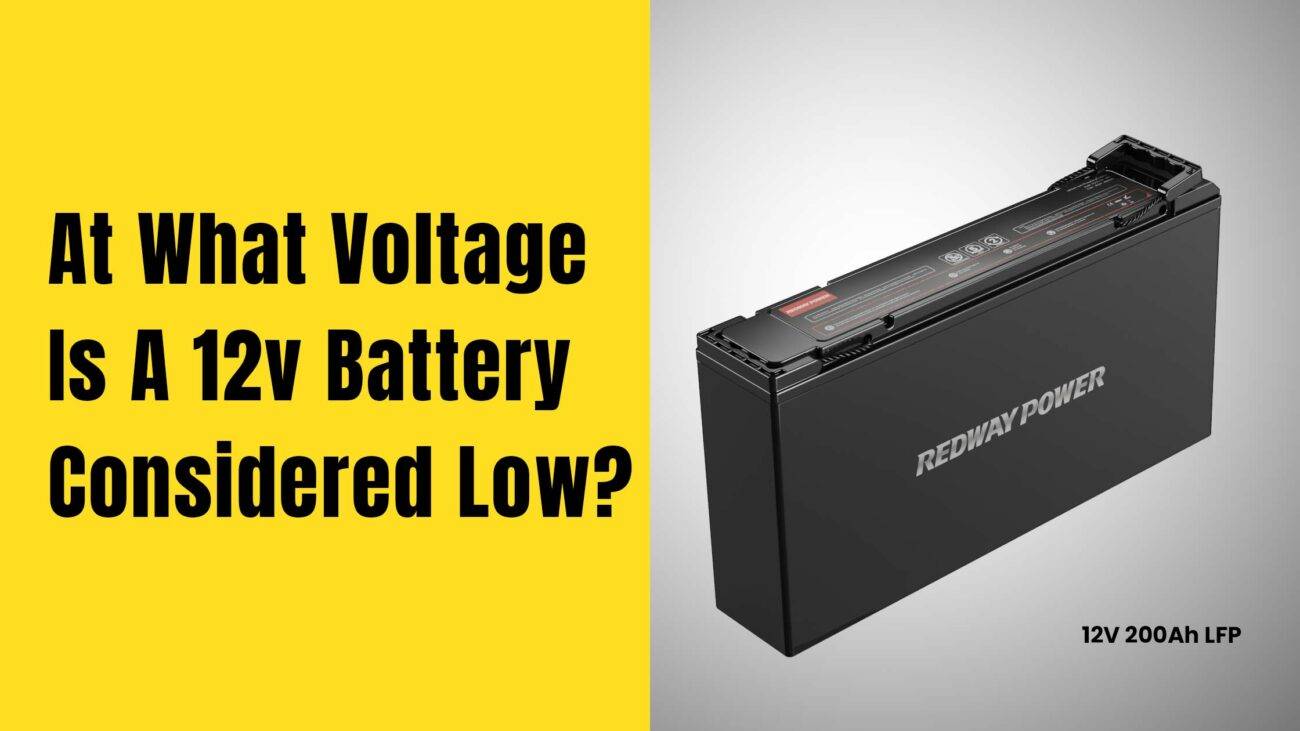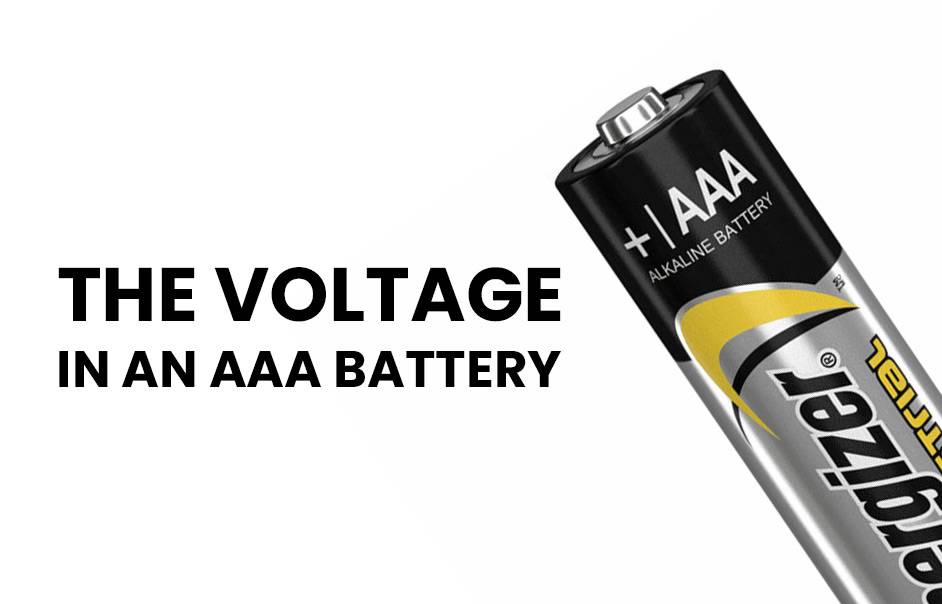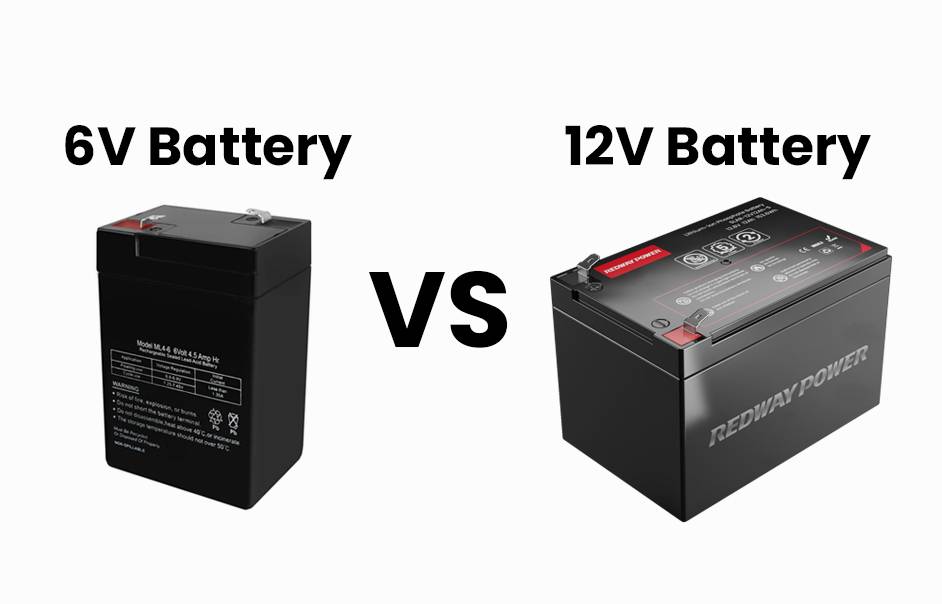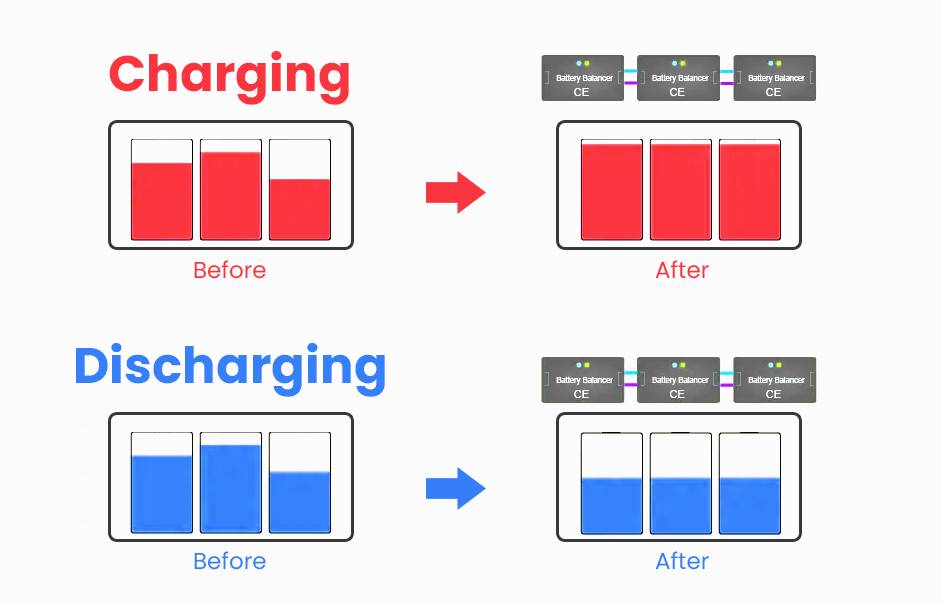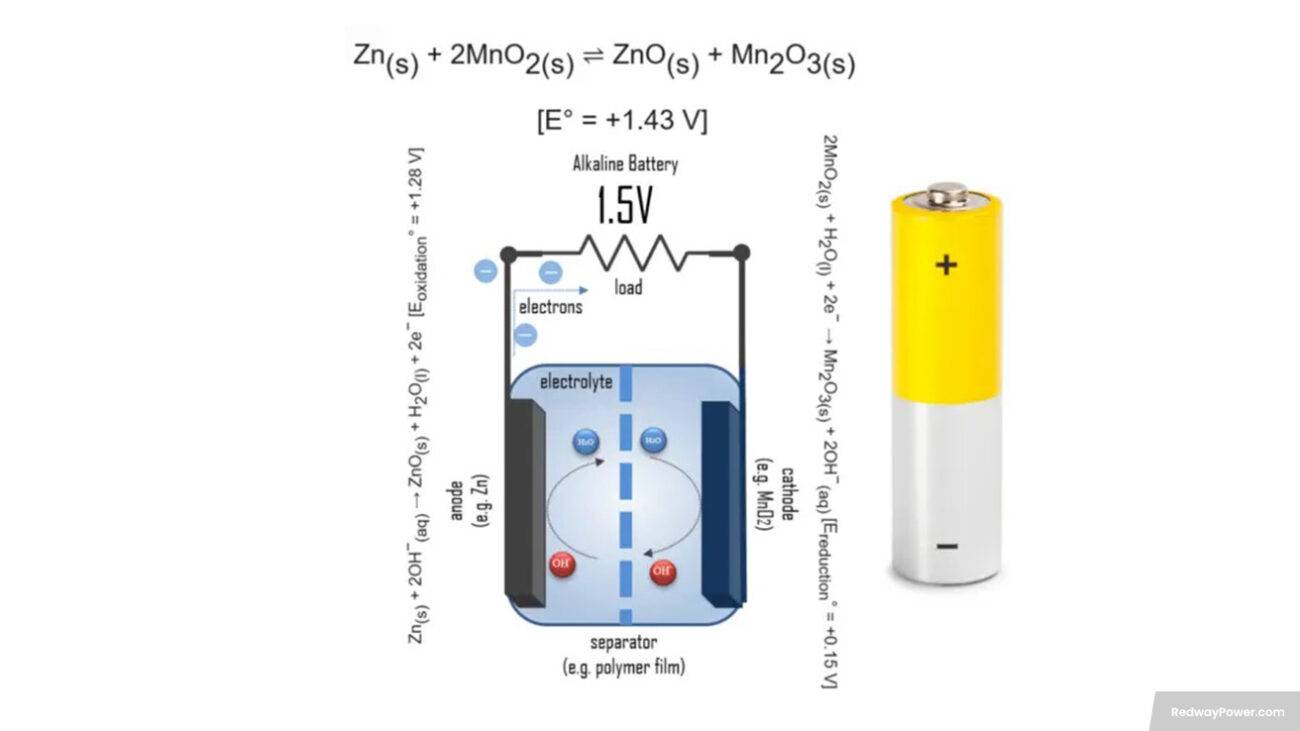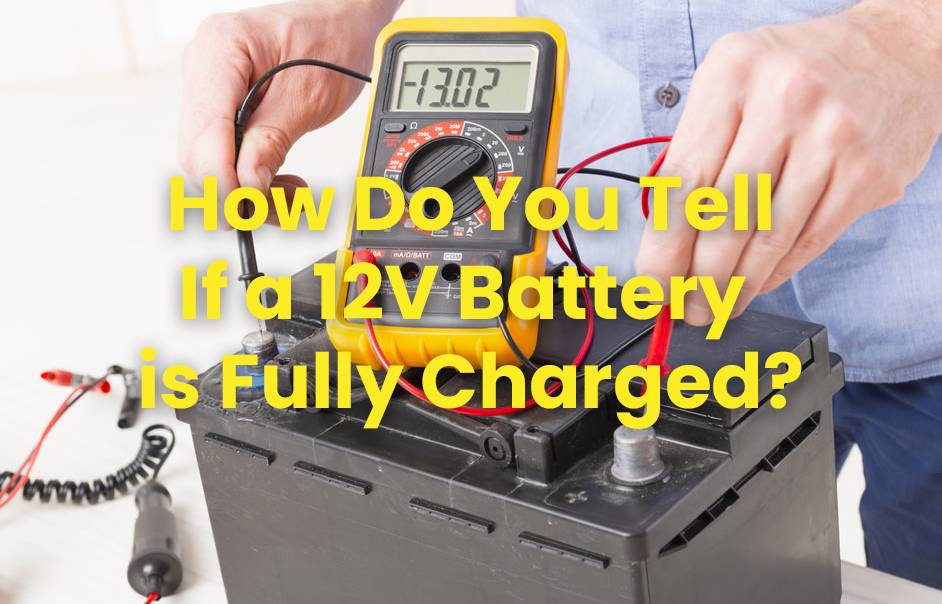Explore the captivating realm of electrical systems in our blog post, focusing on the voltage range of a 12V system. Whether you’re an electrician or simply curious about the workings behind the scenes, we’ll simplify the concept of voltage. Join us on this electrifying journey to unravel the mysteries of 12V systems. Get ready for an engaging exploration that breaks down complexities and makes understanding voltage a breeze. Buckle up for an enlightening experience!
Explanation of Voltage and Electrical Systems
Unlock the basics of voltage and electrical systems with ease:
- Voltage Unveiled:
- Voltage, in simple terms, is the potential difference driving the flow of electrons in an electric circuit, making electricity the powerhouse for our devices.
- Essence of Electrical Systems:
- Electrical systems form interconnected networks, from small-scale battery devices to city-wide power grids. These systems generate, transmit, distribute, and use electrical energy to power various applications.
- Voltage’s Role in Power Delivery:
- Crucially, voltage determines the power a system can deliver or consume. Devices operate optimally within specific voltage ranges, ensuring compatibility and preventing damage for efficient performance.
- Device-Specific Voltage Requirements:
- Different devices have specific voltage needs; household electronics typically run on 110-120 volts AC, while vehicles rely on 12 volts DC for their electrical systems.
- Importance of Compatibility:
- Understanding voltage is vital to maintain compatibility within an electrical system. Staying within the appropriate voltage range safeguards equipment from damage, ensuring longevity and efficient operation.
- Measurement Tools for Voltage:
- To measure voltage accurately, specialized tools like voltmeters or multimeters are employed, providing readings that indicate potential differences in an electrical circuit.
Gain a solid grasp of voltage’s role in electrical systems, fostering compatibility, and efficient operation. Stay tuned as we delve into common types of 12V systems in our electrifying exploration!
Common Types of 12V Systems
Explore the diverse world of 12V systems:
- Automotive Electrical Systems:
- Powering your vehicle’s lights, radio, ignition, and more, the 12V automotive electrical system ensures seamless operation for all components.
- RVs and Campers:
- In RVs, 12V systems support lighting, appliances, HVAC, and more on-the-go. Equipped with batteries or solar panels, they provide a constant power supply.
- Marine Vessel Systems:
- Specially designed for marine environments, these 12V systems in boats power navigation equipment, lights, pumps, and other crucial onboard devices.
- Renewable Energy Setups:
- Off-grid solar power installations frequently utilize 12V systems, enabling individuals or communities to generate electricity using solar panels or wind turbines.
Understanding these common 12V systems, from vehicles to renewable energy, empowers you to make informed decisions about maintenance and optimization for a reliable power supply. Stay tuned for more insights into the fascinating world of electrical systems!
Standard Voltage Range for 12V Systems
Ensuring the optimal performance of your 12V system involves understanding its standard voltage range and taking proactive measures:
- Standard Voltage Range:
- Typically ranging from 10.5 to 14.8 volts, this ensures effective operation and power supply to components within the 12V system.
- Low Voltage (10.5V):
- Indicates a low battery charge or potential system issues. Prompt attention is crucial to prevent further damage or malfunctions.
- High Voltage (14.8V):
- May suggest overcharging or excessive power supply, requiring immediate investigation to avoid harm to sensitive electronic components.
- Factors Affecting Voltage:
- Temperature fluctuations, resistance in connections, and variations in electrical loads impact the voltage range within a 12V system.
- Importance of Proper Voltage:
- Maintaining correct voltage levels is vital for optimal performance and longevity. Too low voltages lead to poor functionality, while excessively high voltages can cause overheating and irreversible damage.
- Monitoring and Adjustment:
- Regularly use a multimeter or voltmeter designed for automotive applications to monitor voltage levels. Adjustments may be necessary if deviations are detected.
Actively managing your 12V system’s voltage range ensures longevity and optimal performance. Stay vigilant and use monitoring tools to address any issues promptly, keeping your electrical components in top condition!
Factors that Affect Voltage Range
Factors affecting the voltage range of a 12V system are crucial to understand for optimal performance:
- Battery Type and Condition:
- The type and condition of the battery significantly impact voltage stability. Old or weak batteries may struggle to maintain consistent voltage levels.
- Wiring and Connections:
- Loose or corroded connections introduce resistance, leading to voltage drops. In contrast, inadequate wiring for power needs can cause excessive resistance and higher voltages.
- Load on the System:
- Running multiple devices simultaneously or using high-power equipment increases the load, potentially causing strain on batteries and voltage fluctuations.
- Environmental Conditions:
- Extreme temperatures, whether hot or cold, influence battery performance, affecting voltage levels in the 12V system.
- Regular Maintenance:
- To ensure proper functioning, regular maintenance is essential. This involves checking battery health and ensuring tight connections throughout the electrical setup.
Understanding these factors empowers you to monitor and make adjustments, ensuring optimal performance and stability in your 12V system. Regular checks and maintenance contribute to a reliable electrical setup.
Importance of Maintaining Proper Voltage Levels
Maintaining proper voltage levels in a 12V system is crucial for optimal performance and longevity, ensuring efficient operation and preventing damage to components.
- Powering Devices Efficiently:
- Proper voltage levels guarantee that all devices receive the required power, preventing inefficient operation or complete failure.
- Preventing Overheating and Fires:
- Maintaining voltages within acceptable limits prevents overheating and potential fires caused by excessive current flow, aligning with electrical system tolerances.
- Optimal Battery Charging:
- Proper voltage maintenance ensures optimal battery charging, avoiding overcharging or undercharging that can reduce lifespan and overall capacity.
- Regular Monitoring for Proactive Troubleshooting:
- Regularly monitoring voltage levels allows for proactive troubleshooting, identifying issues promptly and preventing major damage.
Maintaining the right voltage levels in a 12V system is essential for its reliable and efficient operation, safeguarding components and prolonging the lifespan of electrical equipment. Regular monitoring and adjustments contribute to achieving this goal.
Tips for Monitoring and Adjusting Voltage in a 12V System
Maintaining optimal voltage in a 12V system is vital for proper functioning and durability. Here are practical tips to help you achieve and sustain the right voltage range:
- Regular Voltage Checks:
- Use a multimeter to regularly measure voltage at different points in your 12V system, ensuring it stays within the recommended range.
- Battery Health Inspection:
- Periodically inspect batteries for damage or corrosion, replacing them as needed, as their condition significantly impacts voltage levels.
- Prevent Overloading:
- Avoid excessive power demands by not overloading the system with too many devices, preventing voltage fluctuations.
- Inspect Wiring Connections:
- Regularly check and secure all electrical connections to avoid resistance issues that negatively affect voltage levels.
- Consider Voltage Regulators:
- Install voltage regulators to stabilize the output, preventing sudden surges or drops in voltage regardless of load changes.
- Monitor Temperature:
- Regulate temperature conditions as extreme temperatures can impact battery performance and overall efficiency, causing voltage fluctuations.
- Consult Professionals:
- If unsure, seek advice from an electrician specializing in automotive or renewable energy systems to ensure proper monitoring and adjustment.
Following these practical tips empowers you to effectively monitor and adjust your 12V system’s voltage range, ensuring optimal performance and preventing potential issues.

